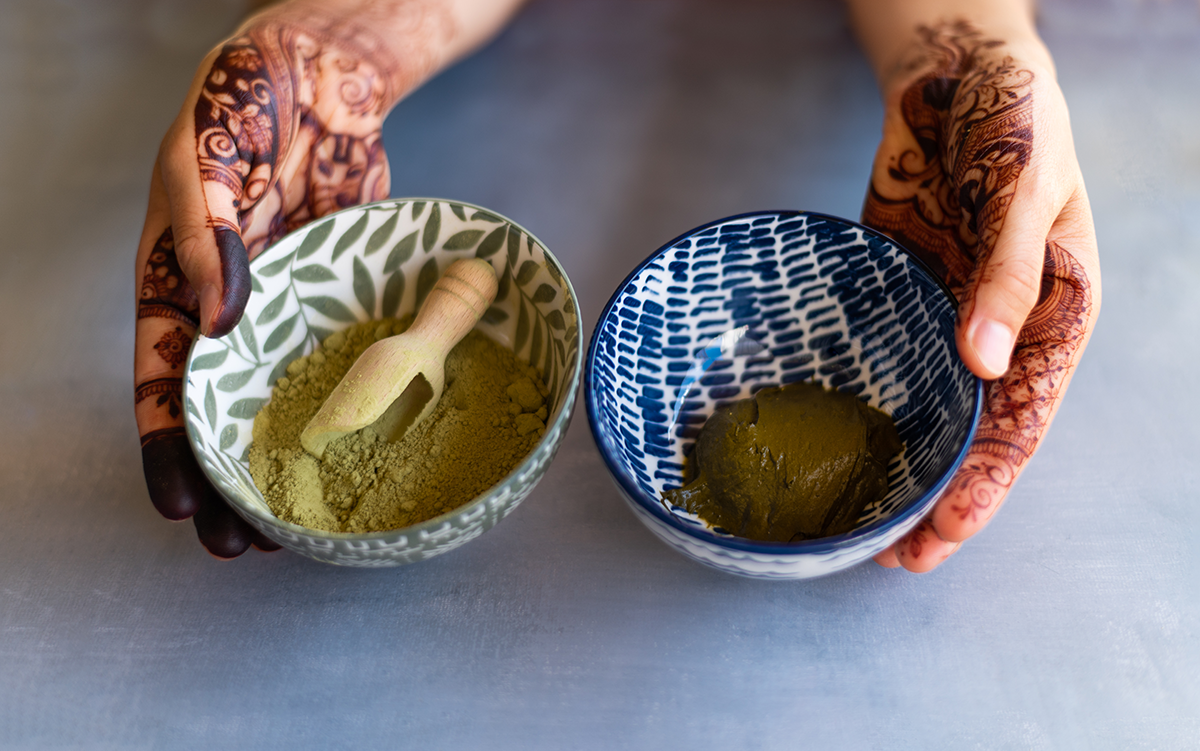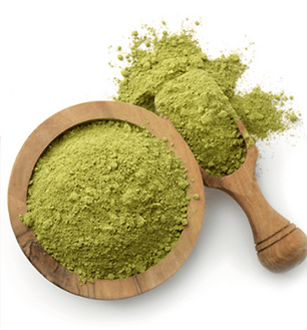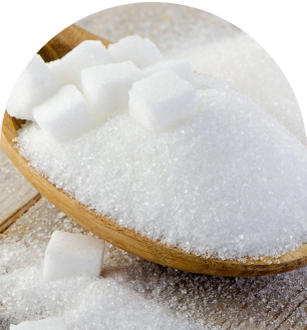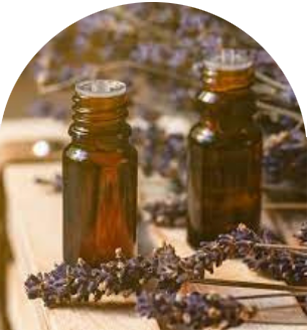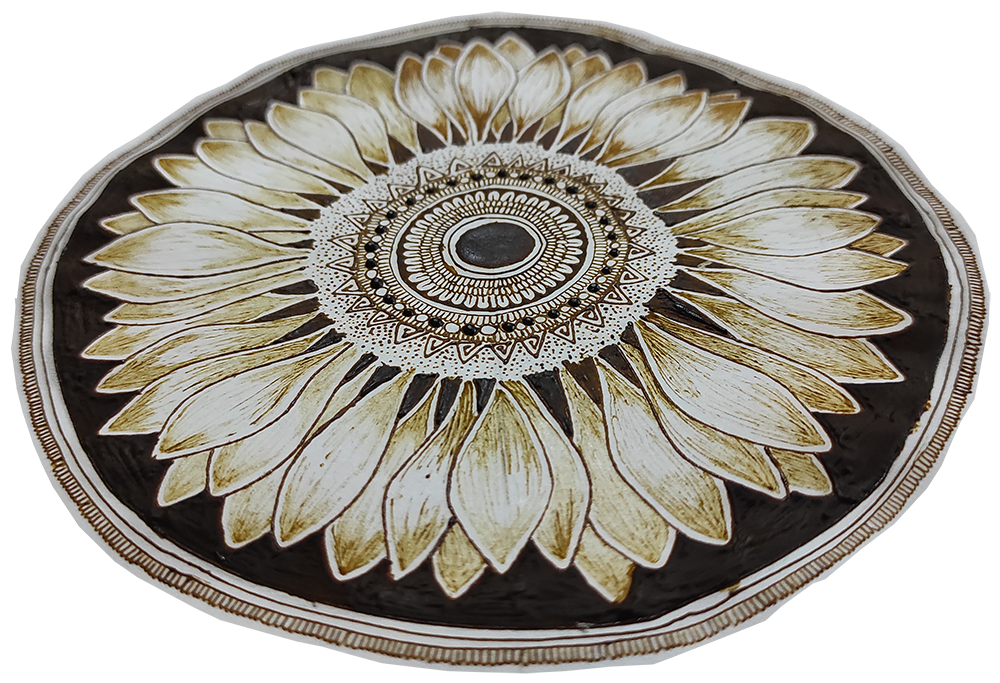
Traditional natural henna decorations, depending on the country, can be named HENNÉ, HINNĀ or MEHNDI,a hindi word for the henna plant Lawsonia Inermis, which has been known since ancient times for its therapeutic and colouring properties. It is believed to have originated in Egypt and was brought to India and other countries by traders and nomads.
From Lawsonia Inermis’ dried and ground leaves, a green/yellow powder is produced which has been used for over thousands of years in many parts
of the world as a natural dye for cosmetic use and for moments of great celebration.
Thus the use of henna is an integral and dynamic part of many cultures, each wonderful and distinct in its own traditions, symbols and myths.
The paste prepared for body art comes from the mixture of henna powder with other all natural ingredients that can change according to artist's preferences and client's needs.
The paste is poured into applicators (plastic-free cellophane cones) and it is used to draw intricate patterns on the skin, which, according to the culture , have a symbolic spiritual meaning.
Once absorbed by skin, natural henna will leave a wonderful ORANGE stain that will turn a darker RED/BROWN over the next two days.
Once it has reached its maximal intensity, the decoration will begin to fade away with the gradual cell renewal until it disappears completely after 7 10 days.
